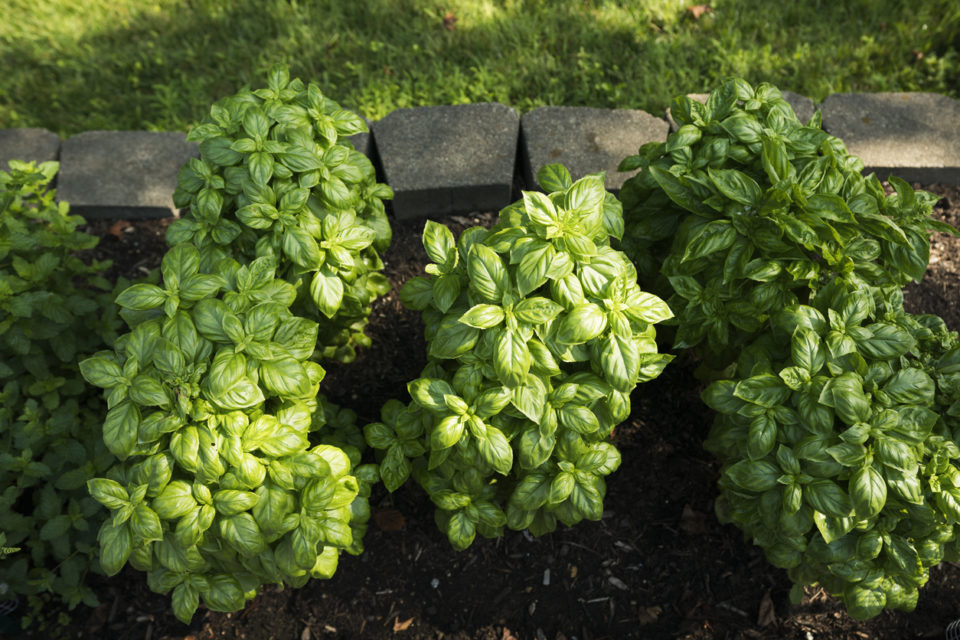
We’ve all been there. You had high hopes of keeping those beautiful petunias thriving in your garden all spring long, only to be left with a wilted bouquet and another wasted season. Well, that is about to change. What comes next may take some elbow grease and a little research, but we are certain if you follow these helpful steps from The Spruce, your garden will be something to be proud of.
A Solid Foundation
In order to have a garden, you have to clear some space. You can’t garden over a patch of grass, so you will have to clear it. Instead of killing it with harmful chemicals, try several other options like sheet mulching, solarization, or manual removal.
Next, you will need soil. Soil is the foundation of your garden, so it is extremely important to use optimal soil for your plant types. If you don’t get the right kind, your plants could have nutritional issues, incorrect soil pH, or incorrect soil type which can cause many other issues like drainage problems. Adding compost to your soil will add the nutrients your soil needs to be even better.
Decisions, Decisions
It matters what you plant depending on where you are located. Certain plants thrive in certain areas. Make sure to do your research to find the plants that will grow best in your geographic location. You can pick Herbaceous annuals that need to be re-planted every year such as marigolds, impatiens, petunias, zinnias, and cornflowers. You can also choose Herbaceous perennials which are plants that return each year. They die during the winter, but they come back after re-growing from their own roots. These plants include the peony, daylily, columbine, and more. Also, consider adding some woody trees and shrubs to fill your garden with greenery. Finally, consider adding vegetables, fruits, and herbs to your garden. You can choose carrots, strawberries, apples, and more.
You might also like: Take Your Furry Friend Camping This Year
Get Creative
There are a few basic rules when it comes to garden design, but most of them are up to your preferences. Some tips are to make sure you plant according to sunlight exposure. You don’t want a plant that requires ample sunshine where it will be in the shade most of the day. Another thing to keep in mind is plant size. You may want to plant low-lying plants toward the edges, medium plants in the middle, and large plants in the back. Don’t feel too much pressure to create an award-winning garden. Have fun and enjoy the process. You will have something beautiful that you are proud of in the end!
Disclaimer: The stock image is being used for illustrative purposes only, and it is not a direct representation of the business, recipe, or activity listed. Any person depicted in the stock image is a model.
